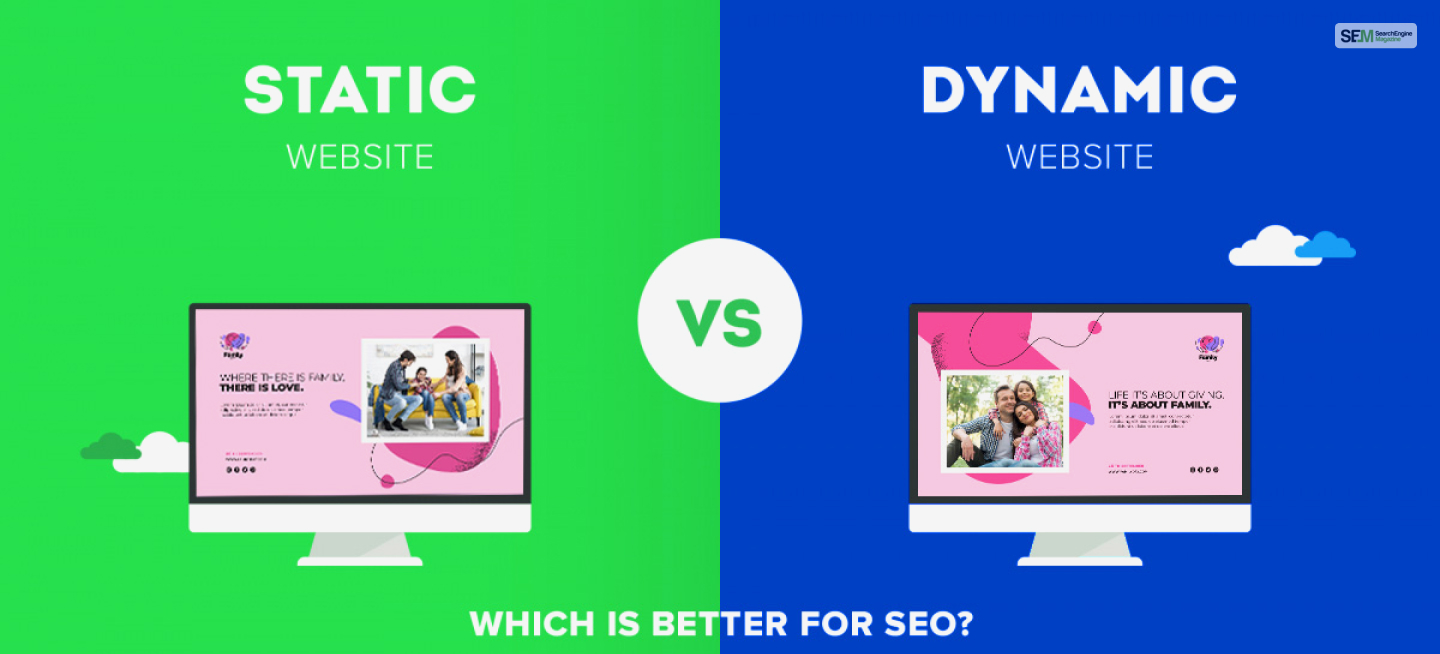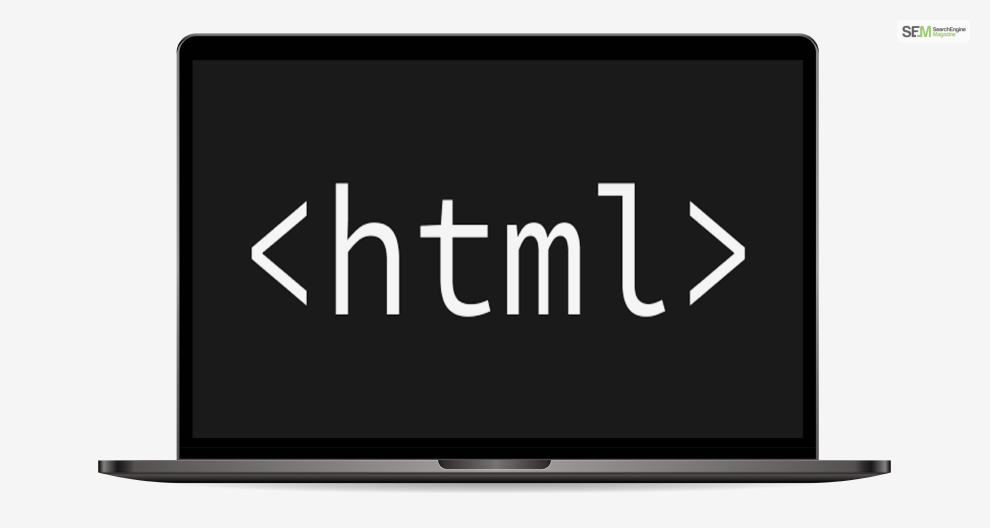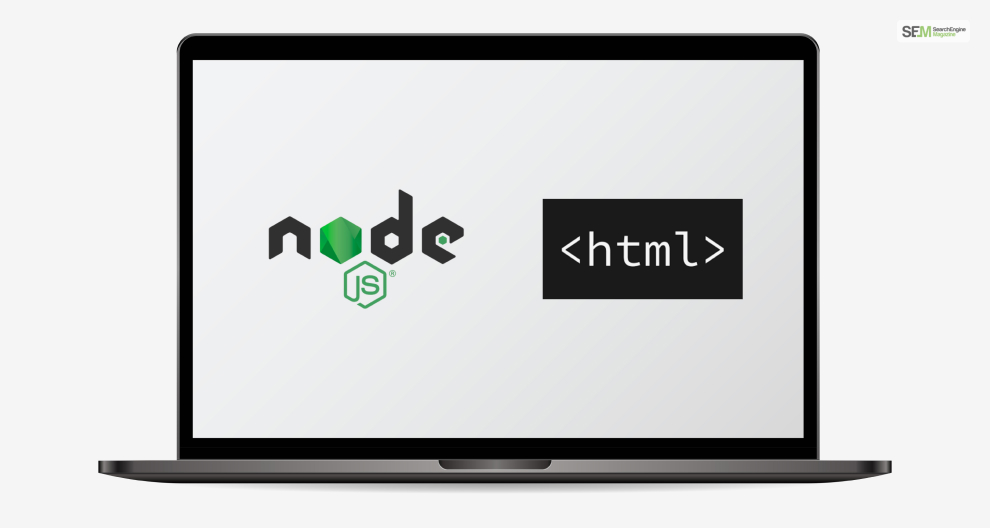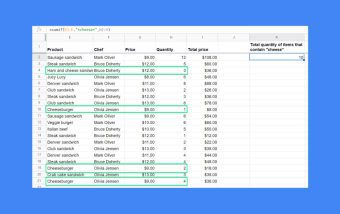Quickads.AI Review: Try The Best AI Generator For $1
Mar 11, 2025

Mar 11, 2025

Mar 11, 2025

Mar 11, 2025

Mar 10, 2025

Mar 10, 2025

Mar 09, 2025

Mar 07, 2025

Mar 07, 2025
Sorry, but nothing matched your search "". Please try again with some different keywords.


The average intent user in this world opens hundreds of web pages and websites every day. While some of these websites have become a staple in our day-to-day lives (like YouTube and various social media sites), did you know that they can be categorized under two types – static vs dynamic?
If you wish to know what these two types of websites and webpages are, read this post till the end.
Static websites use simple programming languages like HTML, CSS, or JavaScript to create the source code files for the Web pages that are provided by the server. Static websites don’t process material on the server, at least not in the user’s opinion.
In static websites, the server will always return with the same website every time you click on it. Between dynamic load vs static load of websites, the former have quicker load times, which also stems from their non-intractability.
In addition, they can be developed easily since it requires no server-side processing in different languages.
These websites are named static since they cannot be modified on a server or connected with databases (as is the situation with dynamic websites), but static does not imply that they won’t react to user inputs.
In static vs dynamic websites, the latter’s website servers will provide different information spending on what you clicked on. This is based on various variables. This also means that they are not pre-built and, instead, get generated in real-time depending on user requests. Therefore, it helps improve website usability.
In static vs dynamic websites, dynamic websites use server-side languages like PHP, Node.js, and ASP.NET.
Therefore, they are slower than static web pages, although updates and database interaction are still feasible.
Regarding dynamic vs static websites, dynamic websites allow for a single common modification to be made that will affect all the web pages. This makes the difference between static vs dynamic IP addresses clearer for updating purposes. In addition, this also makes it easier to retain your SEO ranking after website redesign.
The main differences between static vs dynamic websites are:
| Static Website | Dynamic Website |
|---|---|
| Website content cannot be changed easily. | Website context can be changed whenever you want. |
| You cannot interact with the database. | You can interact with the database. |
| The site loads quicker. | The site loads slowly. |
| Developing static websites is cheaper. | Developing a dynamic website is more expensive. |
| Has no CMS support. | It can be integrated with a CMS. |
| It’s developed using HTML5, CSS, and Javascript. | It’s developed using server-side languages like PHP, Python, and Node.js. |
| The content remains the same whenever you reload the page. | The content might change whenever you reload the page. |

Websites that are static don’t modify their appearance or content in response to a web server request. Every time a user accesses a static website, the exact same information is shown.
Only when a web creator manually changes a static website using a text editor or another website creation tool will the user view the changed material. Simple plain text is not required for static web pages. They may include movies and a variety of designs.
The main features of Static Web Pages are:

A website that is dynamic has data that may be modified or altered. It creates modifiable content using server-side or client-side scripting. It also has HTML content, just like a static web page does.
Websites that modify their content or appearance in response to a web server request are said to be dynamic. These websites have the capacity to generate various pieces of content from a single source code file for various visitors.
Client-side programming and server-side programming are the two types of scripting used in dynamic websites. Your participation on the website affects how the client’s web pages look. Every time a website is loaded, server-side web pages are modified.
Pages for login and signup, application and submission forms, inquiries, and shopping cart pages are a few examples.
Dynamic web pages may be made using a variety of languages, including PHP, ASP,.NET, and JSP. When the dynamic website opens in the browser, the database is contacted to provide data based on the user’s input. The resultant web page is displayed to the user once the style codes have been applied after obtaining data from the database.
This is why you must hire a dedicated web development team for dynamic websites.
The main features of dynamic web pages are:
When it comes to static vs dynamic web pages, their primary differences are:
| Static Webpage | Dynamic Webpage |
|---|---|
| Pages remain the same every time you open them. | Pages might change every time you load them. |
| These pages are easy to create. | Creating such pages has a very complex process. |
| Loading time is lesser. | Loading time is higher. |
| Generally has no integrated database. | Has an integrated database. |
| It’s developed using HTML5, CSS, and Javascript. | It’s developed using server-side languages like PHP, Python, and Node.js. |
| These pages do not support web applications. | These pages may make use of web applications. |
| Development is cheaper and easier. | Development is expensive and complicated. |
Static vs dynamic websites and web pages are quite different from each other. Static websites and web pages generally have the same content on its page and do not change or interact with the database. Plus, they are easier and cheaper to create as well.
On the other hand, dynamic websites have various forms of content that change depending on which database you wish to access. Therefore, they have a complicated reaction process and are more expensive to create as well.
More Resources:
Mashum Mollah is the feature writer of SEM and an SEO Analyst at iDream Agency. Over the last 3 years, He has successfully developed and implemented online marketing, SEO, and conversion campaigns for 50+ businesses of all sizes. He is the co-founder of SMM.
View all Posts
Quickads.AI Review: Try The Best AI Generator...
Mar 11, 2025
Google Confirms That Ads Could Appear In AI M...
Mar 11, 2025
Google Just Expanded Its “Site Reputation A...
Mar 11, 2025
Page Annotations Feature Discontinued On iOS:...
Mar 10, 2025
Don’t Redirect 404 Pages To The Homepage: G...
Mar 10, 2025

